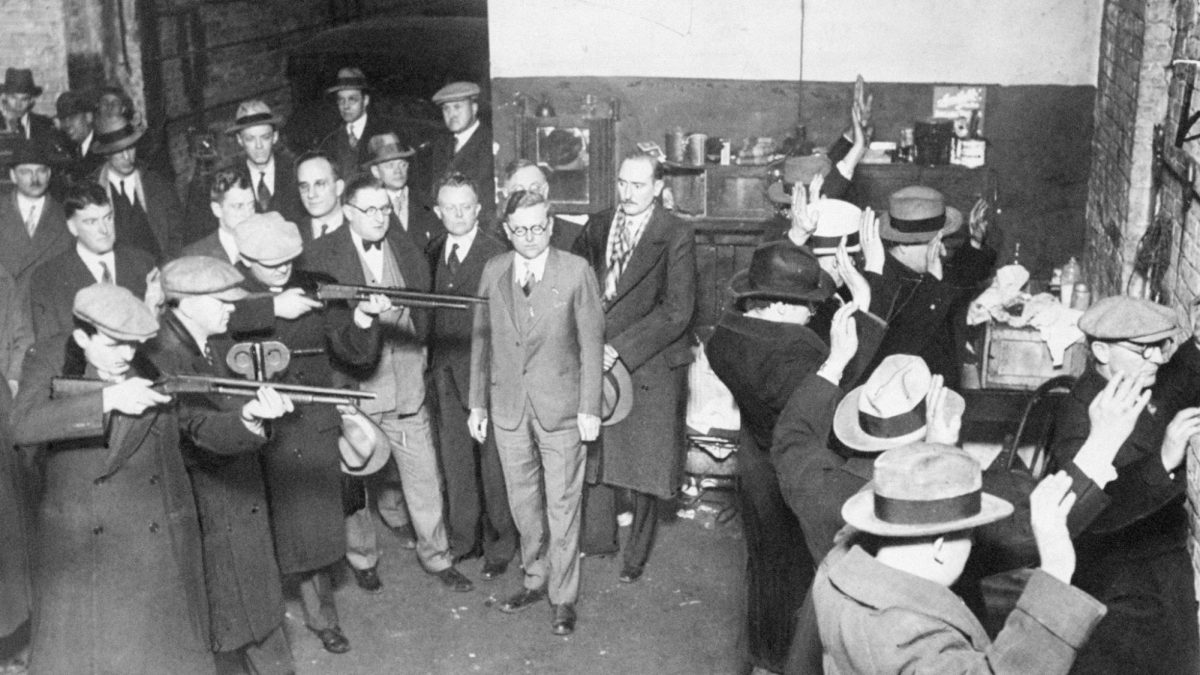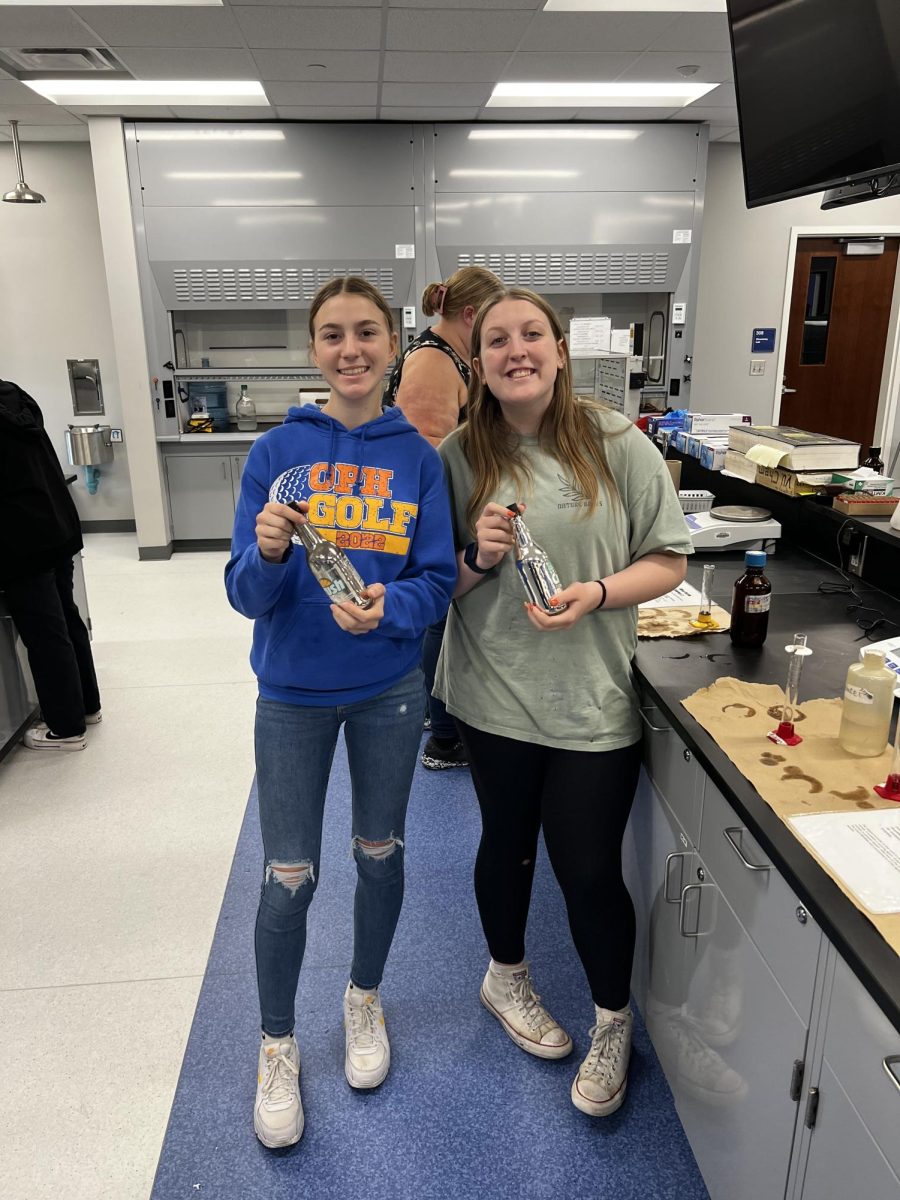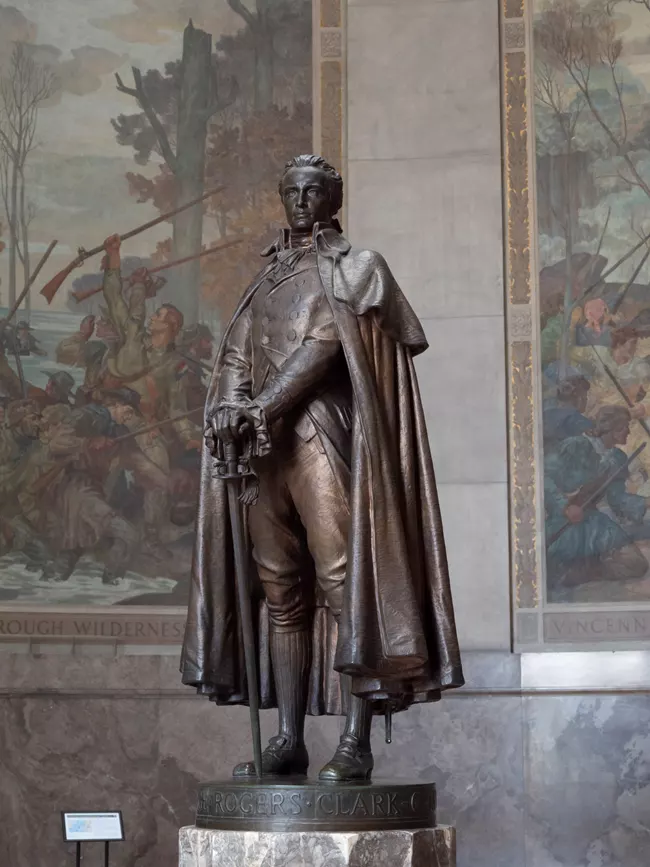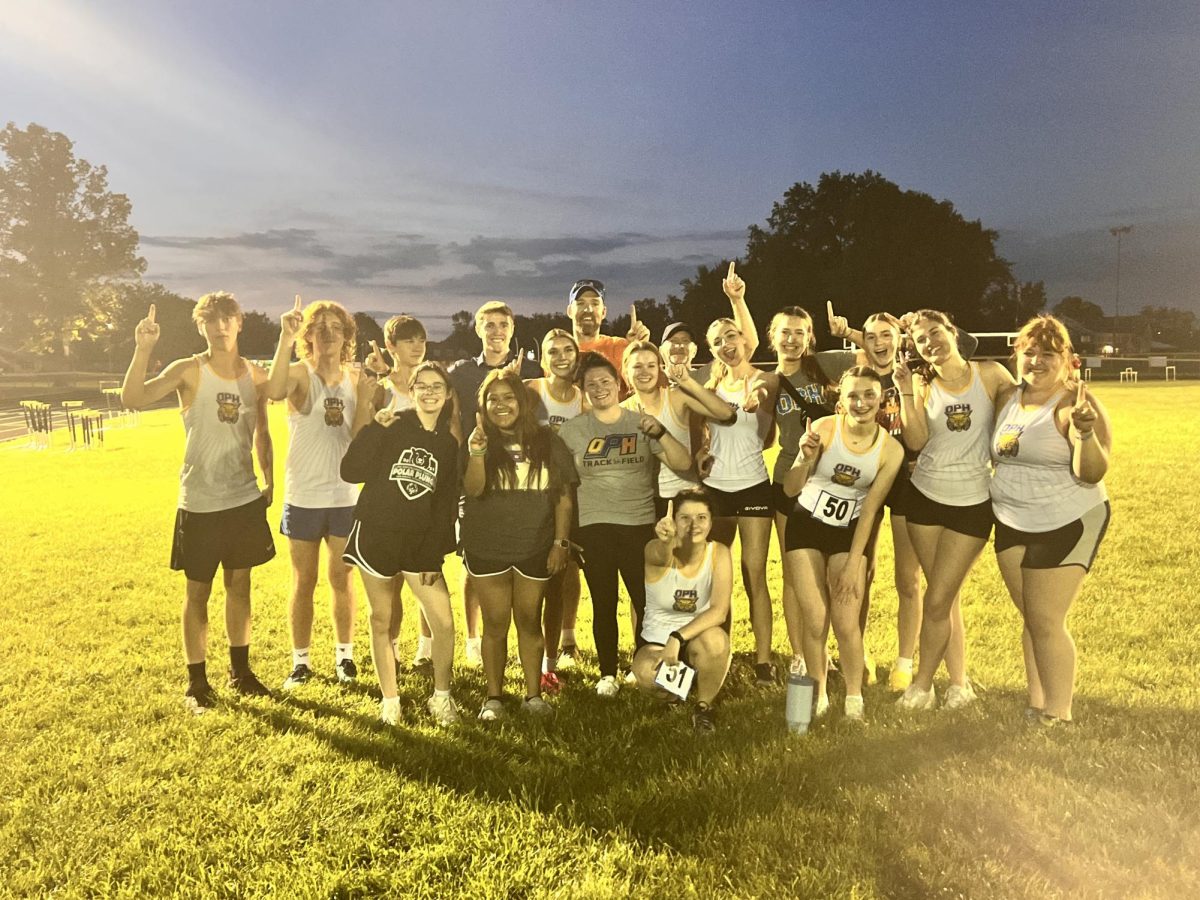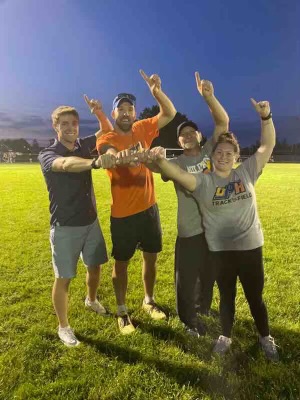While most of us think of Valentine’s Day as a warm and fuzzy day filled with flowers, chocolate, and declarations of love, February 14 is also the date of one of the most famous gangster killings in history.
On February 14, 1929, disaster struck in the north side of Chicago when gang violence erupted. In the late 1920s, crime was at its peak in Chicago, with gangster Al Capone trying to establish dominance over his rivals in the criminal activity industries of prostitution, gambling, and bootlegging.
On February 14, 1929, a number of men posing as policemen shot and killed seven men who were associated with Irish gangster George “Bugs” Moran, one of Capone’s longtime rivals, in a garage on the city’s north Side, setting off a deadly chain of events. Though it was never formally connected to Capone, the so-called St. Valentine’s Day Massacre is still an unsolved crime for which he was widely believed to be responsible for.
Although there were only a few eyewitnesses, police eventually came to the an agreement that masked gunmen had entered the garage and acted as though they were arresting the men. Even though Capone’s gang had initially been accused of being responsible for the massacre by Moran and others, the renowned mobster maintained that he was in his Florida home at the time. There was never a trial for the killings.
It can be argued that the St. Valentine’s Day Massacre signaled the start of Capone’s decline even though it put an end to any meaningful gang resistance to his rule in Chicago. Capone rose to popularity as the nation’s most notorious gangster, earning the nickname “Public Enemy No. 1” from the newspapers due to his enormous organization, impressive income, and willingness to kill his competitors.
After Capone received a warrant in March 1929 and failed to appear before a federal grand jury, federal authorities launched an investigation. After giving his testimony, he was finally apprehended by federal agents on charges of contempt of court. After posting bond and being released, Capone was detained in Philadelphia that May on suspicion of possessing a concealed weapon. Capone eventually spent nine months in prison.
Later, Capone was found guilty of tax evasion and sentenced to 11 years in prison in May 1932. He was released 7 years later after being formally diagnosed with syphilis of the brain that left him with the mental capabilities of a 12 year old, according to doctors. He lived out the remainder of his days at his Palm Island mansion in Florida surrounded by his children and grandchildren, passing away in 1947.
The Valentine’s Day Massacre is still among the largest unsolved murder cases in history.

